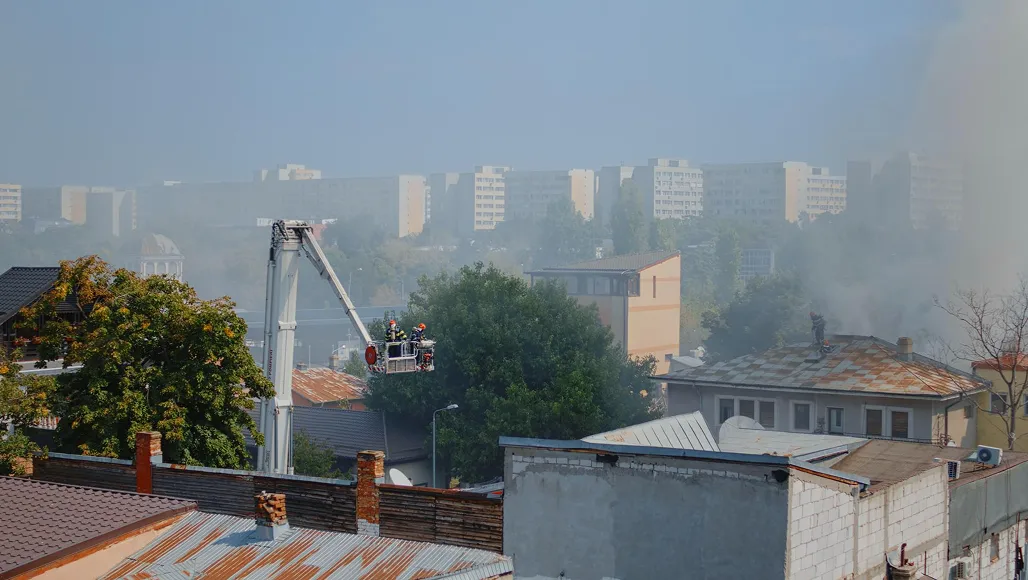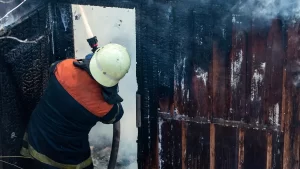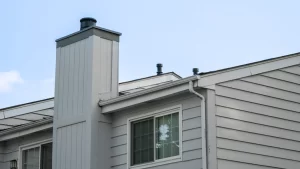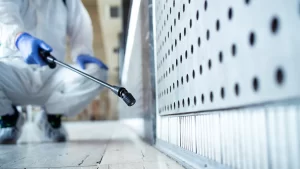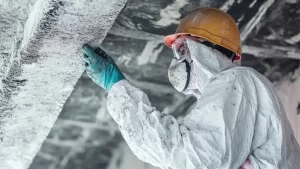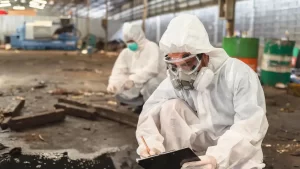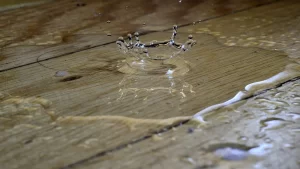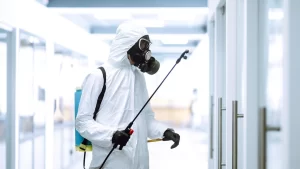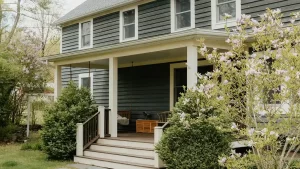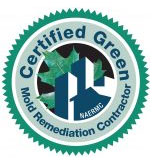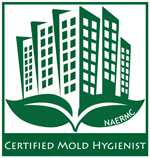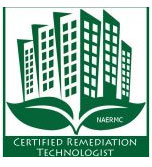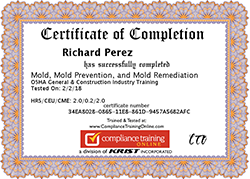Smoke damage extends far beyond the unpleasant smell that often lingers after a fire. Even when visible flames are contained, smoke can infiltrate walls, ceilings, furniture, and personal belongings, leaving behind stains, residue, and odors that are difficult to remove. The effects of smoke damage can be both immediate and long-lasting, impacting the structural integrity of a home and the condition of its contents.
At California Certified, we understand how serious smoke damage can be and why it requires expert attention. Smoke contains microscopic particles and chemicals that can pose respiratory risks if left untreated. It can also penetrate materials that are difficult to clean, making early detection and proper restoration crucial. By relying on professional restoration from California Certified, homeowners can take timely steps to restore their spaces safely and effectively while minimizing long-term consequences.
What is Smoke Damage
Smoke damage refers to the harmful effects caused by smoke from a fire, which can affect both a building and its contents. It is not limited to visible soot or stains but also includes chemical residues and particles that penetrate surfaces and materials throughout a property.
Smoke damage can impact homes and belongings in several ways:
- Visual Damage: Stains on walls, ceilings, furniture, and fabrics that are difficult to remove with regular cleaning.
- Structural Damage: Smoke can seep into cracks, vents, and insulation, potentially causing long-term weakening or deterioration of building materials.
- Lingering Effects: Persistent odors and airborne particles can remain long after the fire is extinguished, affecting indoor air quality and comfort.
Even small fires can cause significant smoke damage if not addressed promptly, making professional assessment and restoration important to protect both health and property.
Different Types of Smoke
Smoke from a fire is not all the same, and understanding the type of smoke is important for effective cleanup and restoration. Different fires produce different kinds of smoke, each with unique characteristics and challenges.
- Protein Smoke This type of smoke is produced when organic materials such as meat, dairy, or other protein-rich items burn. It often leaves a sticky, foul-smelling residue that is difficult to clean. Protein smoke can penetrate deeply into walls, fabrics, and other porous surfaces, requiring specialized cleaning techniques.
- Dry Smoke: Dry smoke comes from fast-burning fires that consume materials quickly, such as paper or wood. The residue is powdery and less oily compared to protein smoke. Although it may seem easier to clean, dry smoke can still leave behind stains and odors on surfaces, especially if left untreated.
- Comparison and Effects: Protein smoke tends to be more corrosive and adheres strongly to surfaces, making it harder to remove. Dry smoke spreads quickly and can coat large areas in a fine layer of soot, which may require thorough vacuuming and cleaning. Both types can affect air quality and indoor environments, but the cleaning methods and restoration time vary depending on the smoke type.
Understanding the type of smoke in a property helps determine the best approach for effective smoke damage restoration.
Fire Damage vs. Smoke Damage
Fire damage and smoke damage are related but distinct forms of destruction that occur during a fire. While fire damage is often visible, smoke damage can be more subtle and persistent, affecting areas that may appear unharmed.
-
Differences Between Fire and Smoke Damage:
Fire damage includes charring, burned structures, and melted materials that are easily seen.
Smoke damage, on the other hand, involves residue, discoloration, and odor that infiltrate walls,
ceilings, furniture, and other belongings without leaving immediately visible signs. -
Lingering Effects of Smoke Damage:
Smoke particles can penetrate deep into porous materials and HVAC systems, which allows the odor
and residue to persist long after flames are extinguished. Even small amounts of smoke can continue
to affect indoor air quality and surfaces over time. -
Invisible Damage Caused by Smoke:
Smoke can leave behind invisible oils and soot that degrade paint, corrode metal, or weaken wood.
It can also settle into fabrics, carpets, and upholstery, causing discoloration and lingering odors
that are difficult to remove without professional cleaning.
Recognizing the difference between fire and smoke damage is essential for effective restoration and for preventing long-term harm to both property and health.
Smoke Odor and Foul Odor
Smoke odor is one of the most noticeable and persistent effects of a fire. Even after visible soot and debris are removed, the smell can linger for weeks or months if not properly addressed.
-
Why Smoke Odor Persists:
Smoke contains microscopic particles and chemicals that penetrate walls, ceilings, fabrics, and furniture.
These particles cling to surfaces and can continue to release odor over time, making it difficult to eliminate
without thorough cleaning and deodorization. -
Common Sources of Foul Odors:
Foul odors after a fire can come from burned materials such as plastics, rubber, food, and synthetic fabrics.
Protein-rich materials, like meat and dairy, produce particularly strong odors that can be difficult to neutralize. -
Factors Affecting Odor Intensity:
The severity of smoke odor depends on several factors, including the type of fire, the materials burned, and the ventilation
in the affected area. Poorly ventilated spaces can trap smoke particles, intensifying the smell, while fast-burning fires may
produce less odor but leave behind more residue.
Proper odor removal techniques are essential to restore a home’s comfort and safety after a fire, as lingering smoke odors can affect both air quality and the overall living environment.
Impact on Surfaces
Smoke damage affects different surfaces in distinct ways, and understanding these effects is crucial for proper cleanup and restoration. Some materials absorb smoke more readily, making them harder to restore, while others may show visible stains or retain odors.
-
Porous Surfaces:
Materials such as fabrics, carpets, upholstery, and drywall are highly porous and easily trap smoke particles.
These surfaces can retain both odors and chemical residues, often requiring deep cleaning or replacement to fully restore. -
Hardwood Flooring:
Hardwood is particularly susceptible to smoke staining and odor absorption. Smoke can penetrate the wood grain and finish,
causing discoloration and lingering smells. Restoration may involve specialized cleaning products, sanding, or refinishing
to remove the damage. -
Techniques for Cleaning and Restoration:
Effective smoke damage restoration varies by surface type. Common methods include thorough vacuuming, steam cleaning,
specialized chemical cleaners, and odor-neutralizing treatments. For heavily affected areas, professional restoration
services may be necessary to ensure complete removal of smoke residues and odors.
Addressing the impact of smoke on different surfaces promptly helps prevent long-term damage and preserves the integrity and appearance of your home.
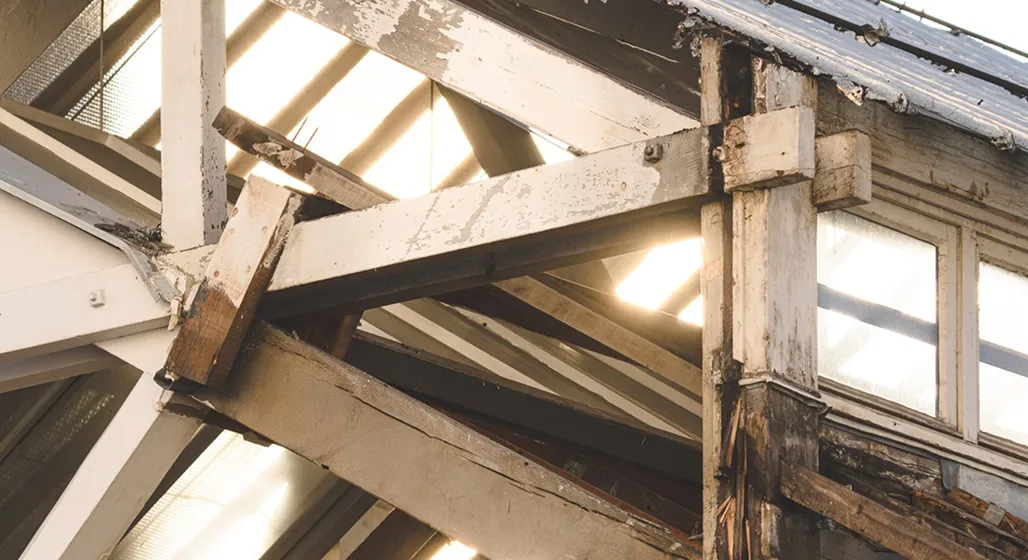
Health Risks of Smoke Exposure
Exposure to smoke and its residues can pose serious health risks, even after a fire is extinguished. The microscopic particles and chemicals left behind can affect indoor air quality and trigger various health problems.
-
Respiratory Problems:
Smoke residue can irritate the lungs and airways, leading to coughing, wheezing, shortness of breath,
and exacerbation of asthma or other pre-existing respiratory conditions. Prolonged exposure increases
the likelihood of more severe respiratory issues. -
Allergens and Toxins:
Smoke contains toxic compounds and allergens that settle on surfaces such as furniture, walls, and carpets.
These substances can be inhaled or come into contact with the skin, causing irritation, allergic reactions,
or other health complications. -
Long-Term Exposure Risks:
Individuals exposed to smoke for extended periods may face chronic health effects, including persistent
respiratory problems and increased sensitivity to allergens. Vulnerable populations, such as children,
the elderly, and those with pre-existing medical conditions, are particularly at risk.
Proper smoke damage restoration and cleaning are essential to reduce these health risks and ensure a safe living environment after a fire.
Odor Removal and Smoke Damage Restoration
Smoke damage restoration involves a combination of cleaning, deodorizing, and repairing affected areas to fully remove smoke residues and odors. At California Certified, we ensure that both visible and hidden damage is addressed efficiently so your property can be restored to its pre-fire condition.
-
Professional Restoration Methods:
Our experts use specialized techniques to treat different surfaces, including walls, ceilings, furniture, carpets,
and HVAC systems. The goal is to remove smoke particles, neutralize odors, and restore the property to a safe and
comfortable state. -
Cleaning and Deodorizing:
Restoration often includes deep cleaning of porous and non-porous surfaces, as well as using odor-neutralizing
solutions. Methods such as ozone treatment, thermal fogging, and HEPA filtration help eliminate lingering smoke
particles and odors from the air and surfaces. -
Tools and Techniques:
At California Certified, we use industrial vacuums, air scrubbers, steam cleaners, and chemical cleaners designed
specifically for smoke residue. Our technicians also rely on specialized brushes, sponges, and polishing equipment
to restore affected surfaces without causing additional damage.
Step-by-Step Restoration Process
The smoke damage restoration process at California Certified involves a structured series of steps to safely and effectively remove soot, odors, and harmful particles from your property. Each stage is designed to restore a clean, healthy living environment while preventing further damage.
-
Smoke Damage Assessment:
Specialists begin with a thorough inspection of walls, ceilings, floors, HVAC systems, and salvageable belongings.
This evaluation identifies the extent of the smoke damage and guides a tailored restoration plan. -
Containment of Affected Areas:
To prevent smoke residue and soot from spreading, containment barriers are installed around damaged areas.
This protects the rest of the property during the cleaning process. -
Debris Removal and Deep Cleaning:
Damaged materials and debris are carefully cleared. Technicians then use specialized cleaning methods—including
wet cleaning, dry cleaning, and abrasive cleaning—to remove soot and smoke particles from every surface, from
walls and ceilings to carpets and furniture. -
Odor Removal and Deodorization:
Stubborn smoke odors are treated with advanced deodorizing techniques such as ozone generators, thermal fogging,
and air scrubbers, ensuring both the air and surfaces are fresh and odor-free. -
Air Purification:
HEPA air filtration systems and industrial air scrubbers are used to capture and eliminate microscopic smoke
particles that linger in the air and can pose health risks. -
Contents Restoration:
Furniture, electronics, and personal items are evaluated, cleaned, and restored whenever possible to salvage
valuable possessions impacted by smoke exposure. -
Final Inspection and Restoration:
A detailed inspection confirms that all smoke residue and odors have been removed. Any necessary repairs or
replacements are completed, leaving the property safe, clean, and comfortable again.
By following this structured process, smoke damage restoration ensures your property is not only cleaned but fully restored to a healthy living environment.
Preventing Future Smoke Damage
Taking proactive steps can help minimize the risk of smoke damage and reduce its impact if a fire occurs. Regular maintenance, protective measures, and quick responses are key to safeguarding a home and its contents.
-
Regular Maintenance and Inspection:
Conduct routine inspections of electrical systems, heating appliances, and chimneys to identify potential fire hazards.
Ensure smoke detectors are installed and functioning properly, and keep fire extinguishers accessible in key areas of the home. -
Protective Measures for High-Risk Homes:
Homes in areas prone to wildfires or with older wiring require additional precautions. Consider fire-resistant building
materials, proper clearance around vegetation, and safely storing flammable items away from living areas. -
Quick Response After a Fire:
Acting promptly after a fire can prevent smoke damage from worsening. Ventilate the property by opening windows and doors,
remove any wet or charred materials, and contact professional restoration services immediately. Early action reduces lingering
odors, prevents further contamination, and preserves the structural integrity of the home.
By implementing preventive measures and responding quickly to fires, homeowners can significantly reduce the long-term effects of smoke damage and maintain a safer living environment.
Smoke damage affects more than just odor, impacting health, property, and overall quality of life. Prompt restoration and professional cleanup are essential to remove residues, neutralize odors, and prevent long-term damage. By choosing California Certified, you can prioritize safety, prevention, and thorough cleanup to ensure a healthy living environment while protecting the value of your home.

